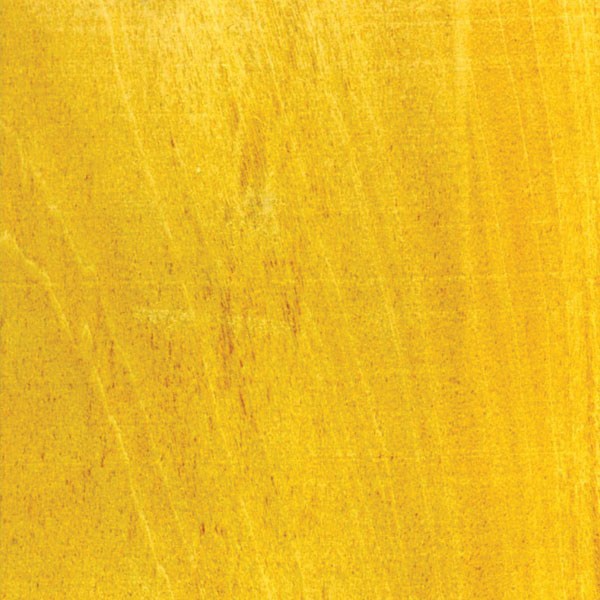 Sponsored by: Columbia Forest Products: North America’s largest manufacturer of hardwood plywood and hardwood veneer.
Sponsored by: Columbia Forest Products: North America’s largest manufacturer of hardwood plywood and hardwood veneer.
 Pau marfim, or guatambu as it also is commonly known, grows primarily in Brazil, Paraguay and Argentina. The pale creamy toned wood typically displays very little difference between the sapwood and heartwood, resulting in it sometimes being referred to as having a “featureless appearance.” It also is known for being a very tough and hard wood, which explains why it is frequently used for flooring.
Pau marfim, or guatambu as it also is commonly known, grows primarily in Brazil, Paraguay and Argentina. The pale creamy toned wood typically displays very little difference between the sapwood and heartwood, resulting in it sometimes being referred to as having a “featureless appearance.” It also is known for being a very tough and hard wood, which explains why it is frequently used for flooring.
 Rick Banas, vice president Interwood Forest Products, a division of Fritz Kohl Veneers, noted that while there is some use of the wood in North America, it has never gained the popularity for applications that it holds in its native countries. “It really never became a species of great importance in the U.S. primarily due to similar properties found within our own indigenous species,” he said.
Rick Banas, vice president Interwood Forest Products, a division of Fritz Kohl Veneers, noted that while there is some use of the wood in North America, it has never gained the popularity for applications that it holds in its native countries. “It really never became a species of great importance in the U.S. primarily due to similar properties found within our own indigenous species,” he said.
“Occasionally [we have] acquired heavily figured logs, which have found their way into architectural projects as well as aircraft interiors. The wood is relatively hard and dense with a fine texture and has a range of colors, from creamy ‘maple-like’ to tan ‘teak-like’,” said Banas.
In the book World Woods, author William Lincoln describes pau marfim as a “compact, fine textured wood, excellent for turnery.” Some of the more common uses for the species include shoe lasts and textile rollers. A tough wood, it is also ideal for commercial flooring including gymnasiums, furniture components, drawer sides, chests, TV cabinets, rustic furniture, interior trim and kitchen cabinetry. Other uses include stair rails and parts, dowel pins, dowels, tool handles, implements, drawing instruments and rulers. In veneer form, pau marfim is also used in cabinetry, paneling and marquetry.
According to The Wood Handbook: Wood as an Engineering Material, published by the USDA Forest Products Laboratory, pau marfim was introduced to the U.S. market in the late 1960s and has been especially valued for use in turned items. The Wood Handbook compares the color and general appearance of pau marfim to birch or hard maple sapwood. “Although growth rings are present, they do not show as distinctly as in birch and maple. The wood is straight-grained, easy to work but is not considered to be resistant to decay.”
In its native areas, pau marfim is used for many of the same uses as domestic hard maple and birch. According to the USDA Wood Handbook, the average specific gravity of pau marfim is about 0.63 based on its volume when green and weight when oven dry, making its strength value above that of hard maple, which has an average specific gravity of 0.56.
Another wood pau marfim has been used as a substitute for is boxwood. Pau marfim is often shipped as sawn lumber or squares.
 The Name Game
The Name Game
Balfourodendron riedelianum has a long list of names in addition to pau marfim and guatambu. In the U.S. market, it sometimes has been referred to as ivorywood. In Argentina a common name for the wood is moroti and guatambu moroti. In Brazil it might be called farinha seca, quatamba, guatambu blanco, guatambu or pau liso. Other names include quillo bordon, yomo de huero and kyrandy. One name for the wood, Brazilian maple, most likely is just a nod to the fact that the wood has many properties similar to maple and has been used in place of maple.
The name pau marfim is also used in South America for other woods, including various species of Aspidosperma, with no connection to Balfourodendron riedelianum.






Have something to say? Share your thoughts with us in the comments below.